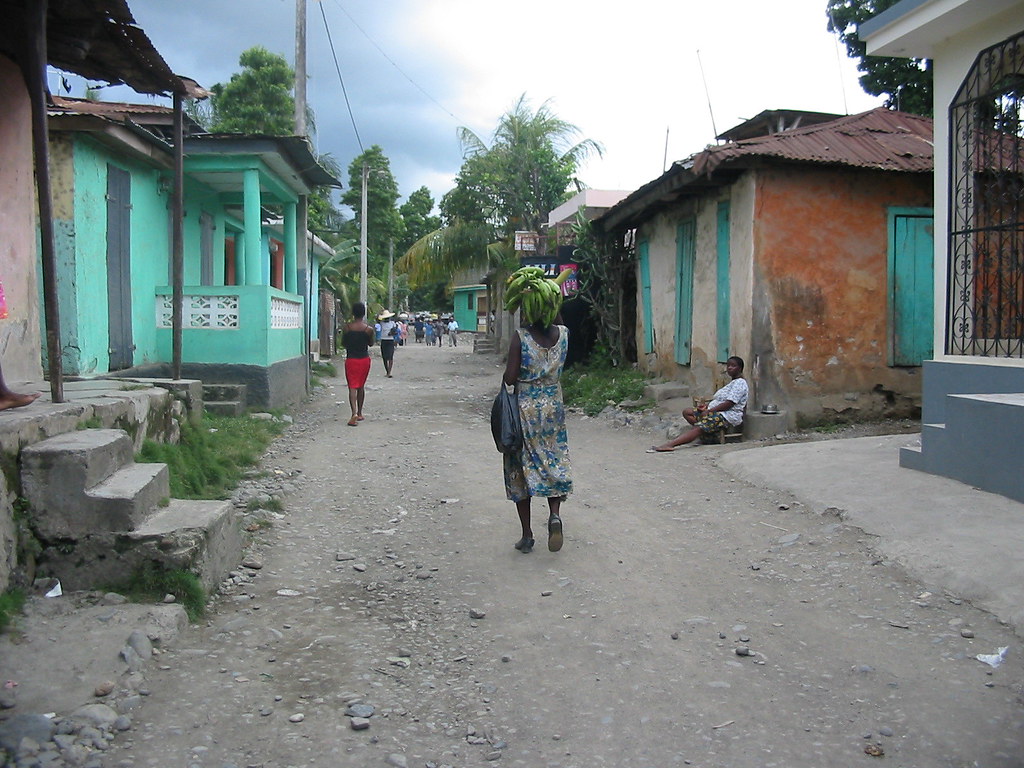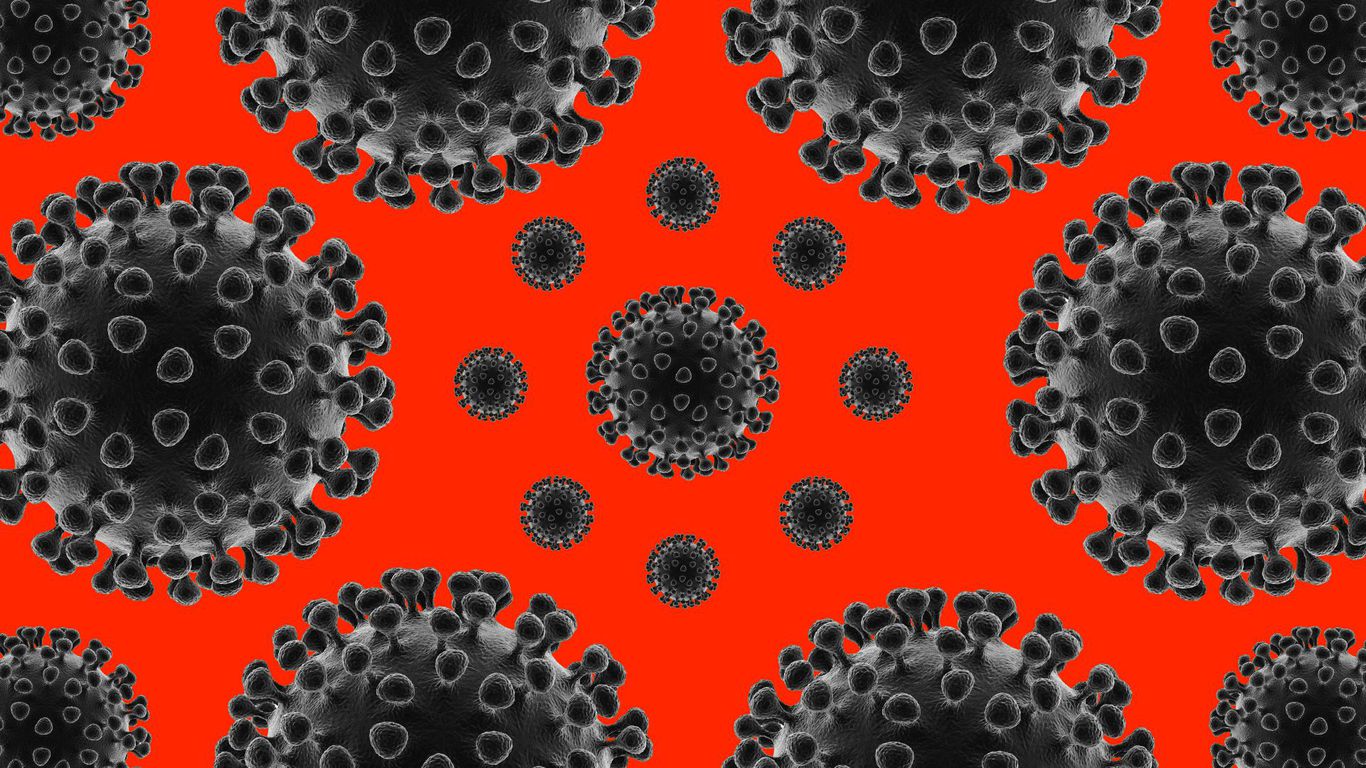America’s third year of dealing with the pandemic is likely to start as bleak as ever, with a devastating Omicron surge for the first couple of months.
Yes, but: Experts are hopeful that once the wave of cases, hospitalizations and deaths caused by the Omicron variant ebbs, life will finally be able to more closely resemble normal.
Between the lines: The silver lining of a tough January and February is that most of the country could have some degree of immunity afterwards — either through vaccination, infection, or both — that helps protect them against severe COVID infections in the future.
- “It’s conceivable that, sooner or later, that everybody will have been infected and/or vaccinated or boosted,” NIAID Director Anthony Fauci told Axios.
- “When you get to that point, unless you have a very bizarre variant come in that evades all protection — which would be unusual — then I think you could get to that point where you have this at a steady level.”
- And a fourth shot isn’t off the table, Fauci said: “It is entirely conceivable that that may be the case.”
State of play: The new year “will start with an almighty surge of Omicron. This will play out differently in various places, but it is hard to imagine anywhere will be spared,” emailed Bill Hanage, a professor of epidemiology at Harvard.
- “By the time the spring rolls around a lot of people are going to have had the experience of having had COVID,” he added.
- It’s still unclear whether Omicron causes milder disease than other variants, although initial data indicates that’s the case, if only because of how many people have some level of immunity. But its rapid rate of spread could still lead to overwhelmed health systems even if it is milder.
What they’re saying: “The best possible scenario is Omicron tears through the population, it causes a month or a month and a half of economic disruption and illness, and then we’re through it,” said Megan Ranney, an emergency physician and academic dean for Brown’s School of Public Health.
- “The worst case scenario is Omicron ends up being much more severe, overwhelms and crushes our hospital systems, and then gets followed by a worse variant,” she added.
- And then, of course, there’s the spectrum of scenarios in between the two.
The big picture: Experts say we’re never going to be 100% done with the coronavirus. The hope is that it becomes more like background noise.
- “I don’t think we’re ever returning to a normal that’s pre-2019. For one thing, COVID is going to be circulating, and it’s going to be part of our ongoing lives,” said Zeke Emanuel, vice provost for global initiatives at the University of Pennsylvania.
- “The optimistic scenario in my mind is come June, July we’re pretty close to normal.”
The bottom line: It’ll soon be the two-year anniversary of March 2020’s “15 Days to Slow the Spread,” and between now and then we’re likely to see caseloads higher than anything we’ve seen before.
- But there are several big differences between now and then. We have excellent vaccines, a growing arsenal of therapeutics and a much better understanding of the virus we’re dealing with. But we also have a considerable amount of pandemic burnout and deep divisions over how it should be handled.
- “We’re moving into the third year of something that feels frustratingly predictable and avoidable,” said Saskia Popescu, an Arizona-based epidemiologist.
- “Everyone is in a very exhausted frame of mind where you have a lot of false dichotomies, a lot of us versus them — which doesn’t help anybody — and we’re increasingly struggling with the basics [while] also facing nuanced challenges.”





